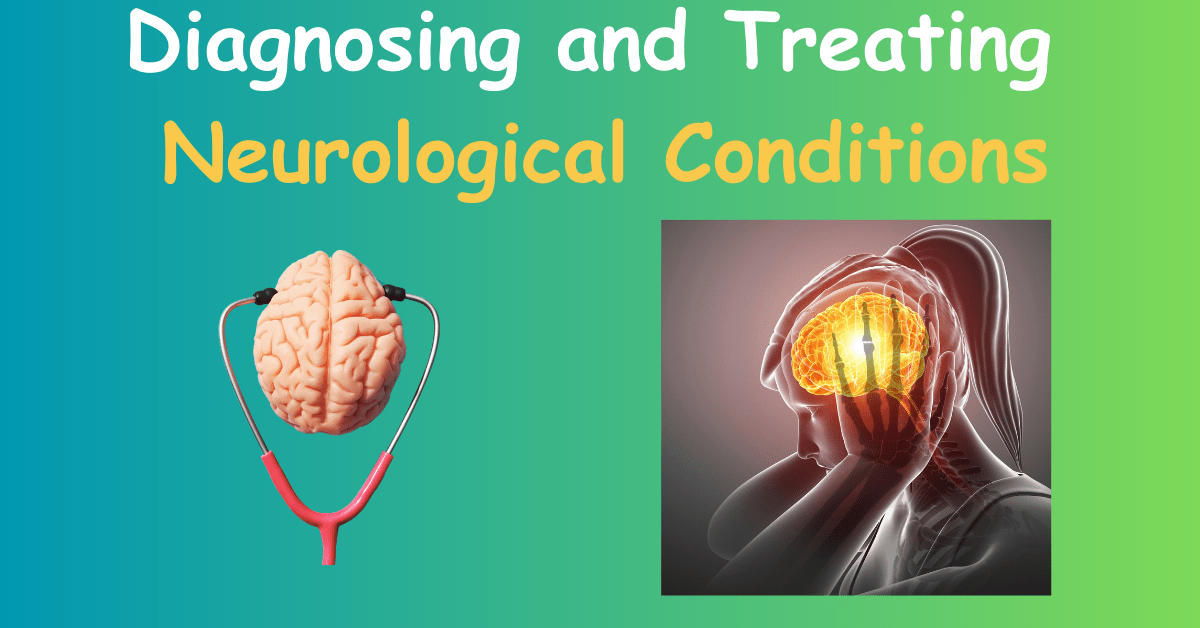The human brain is an incredibly complex and delicate organ, and any kind of dysfunction or disruption can have drastic effects on a person’s quality of life.
Neurological conditions, such as Alzheimer’s disease, Parkinson’s disease, multiple sclerosis, and traumatic brain injury, can all cause serious health complications.
It is therefore essential that these conditions are identified and treated as early as possible. In this blog post, we will discuss the process of diagnosing and treating neurological conditions.
What Are Neurological Conditions?
Neurological conditions are diseases or disorders of the nervous system, including the brain, spinal cord, and nerves.
They can be caused by injury, infection, or genetic abnormalities, and can range from mild to severe.
Some of the most common neurological conditions include Alzheimer’s disease, Parkinson’s disease, multiple sclerosis, and traumatic brain injury.
Diagnosing Neurological Conditions
The first step in diagnosing a neurological condition is to determine whether or not the patient is actually suffering from a neurological condition.
This is done through a series of tests, including physical and neurological examinations, imaging tests (such as CT scans and MRI scans), and laboratory tests.
The patient’s medical history and family history will also be taken into account.
Once a diagnosis is made, the doctor will recommend a course of treatment. Depending on the condition, this could include medication, physical therapy, or surgery.
In some cases, the treatment may be as simple as lifestyle changes such as improved diet and exercise, and in some case the elderly patient, unable to travel to the clinic, So its depends on the patient condition and their needs.
Also Read: What is Neurofibromatosis?
Treating Neurological Conditions
The treatment of neurological conditions will depend on the specific condition and the severity of the symptoms. In general, treatment can be divided into two categories: medical treatments and lifestyle changes.
Medical Treatments
Medical treatments for neurological conditions can include medications, physical therapy, and even surgery. For example, patients with Parkinson’s disease may be prescribed medications to control their tremors and improve their mobility.
Patients with multiple sclerosis may be prescribed medications to reduce inflammation and slow the progression of the disease. In some cases, surgery may be necessary to repair damaged areas of the brain or spinal cord.
Also Read : 5 lifestyle habits to prevent dementia and Alzheimer’s disease
Lifestyle Changes
Lifestyle changes can also play an important role in treating neurological conditions. For example, patients with Alzheimer’s disease may benefit from a healthy diet, regular exercise, and cognitive stimulation.
Patients with traumatic brain injuries may need to make changes to their home environment to reduce the risk of further injury.
Conclusion
Neurological conditions can have a major impact on a person’s quality of life. It is therefore essential that these conditions are diagnosed and treated as early as possible.
Diagnosis typically involves physical and neurological examinations, imaging tests, and laboratory tests.
Treatment can include medical treatments, such as medications and surgery, as well as lifestyle changes, such as improved diet and exercise.
By understanding the process of diagnosing and treating neurological conditions, we can ensure that patients receive the best possible care.




